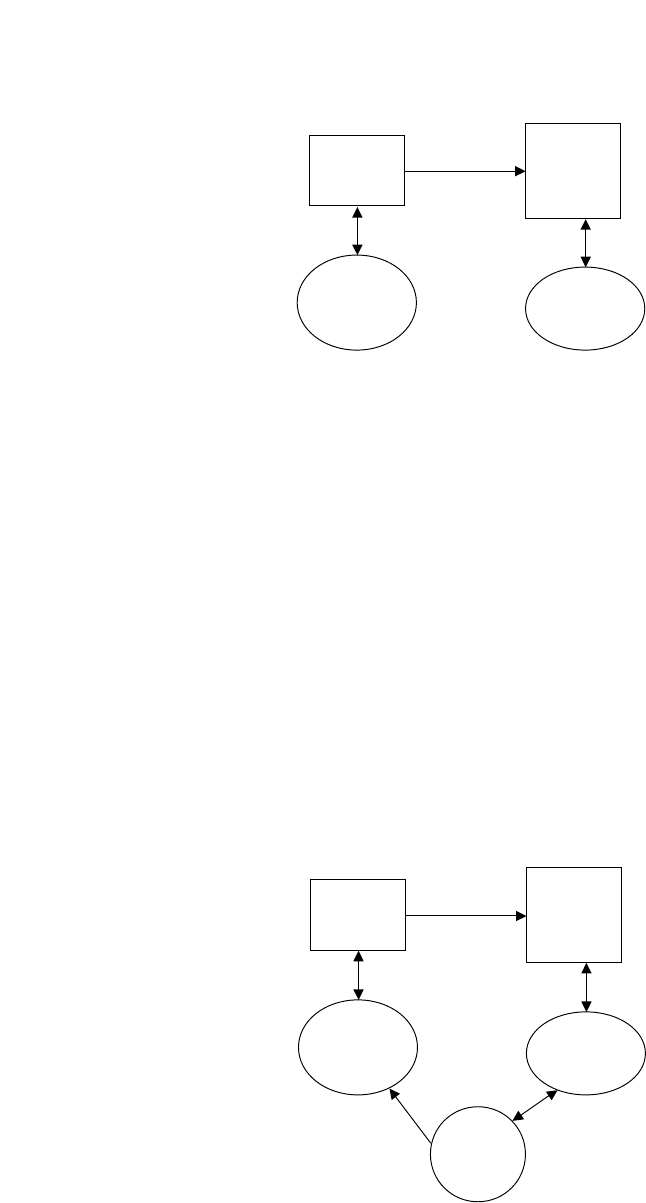Members are advised of the trades that have successfully matched
and those that have not, as well as trades that are alleged against
the member. This is either in a trade match system or through
reports made available during the trading day at intervals to mem-
bers. There will be a deadline by which time an unmatched/alleged
trade must have been resolved by amendment or deletion. Fines will
be applied to members failing to resolve these problems by the pre-
scribed time.
Once matched the trade is passed to the clearing system.
Clearing process
In the clearing process the trade details are enhanced and placed
into the account of the clearing member. The enhancement may be
the identification of ‘house’ and ‘client’ trades for posting to the
respective account or closeout instruction indicating that the trade
should be used to closeout (offset) an existing position either entirely
or partially. In some markets much of this enhancement is carried
out in trade match systems and the enhanced trade details then
move into the clearing system.
The clearing house provides each member with the details of their
updated positions and the member will reconcile these to their own
position records.
The clearing house will calculate the extent of the obligations of
the member’s positions and will settle these usually on T 1 (trade
day 1). The obligations to be settled will be:
1. The VM generated by the open positions being marked to market
and closeouts
2. The initial margin created by new open positions
3. The return of initial margin on closed-out positions
4. Any settlement amount related to delivery of futures
5. Any fees related to activity.
The settlement of the obligations is made via a secured pay-
ment system to and from an account specifically designated and
held at an approved bank on the list published by the clearing
house.
The structure in the market is shown in Figure 4.1.
The exchange member may also be a clearing house member. If
they are not then they will need to appoint a clearing member to set-
tle their trades with the clearing house.
50 Clearing and settlement of derivatives

Where a client is trading onto the futures market, the relationship
might look like that in Figure 4.2.
In Figure 4.2 the client is trading through an exchange member
and settling with a clearing member. It should be noted that (a) the
client could trade and settle with the exchange member irrespec-
tive of whether that exchange member was also a clearing member
of the clearing house and (b) it is common for clients to use several
exchange members to undertake transactions on their behalf but
to have those trade settled with a single broker, referred to as
clearing broker, global clearing broker or even central clearing
broker (the Figure 4.2 would be applicable in a central clearing
arrangement and the whole process is explained in more detail
later in the book).
Futures processing 51
Exchange
Clearing
house
Clearing
members
Exchange
members
Figure 4.1 Member Relationships
Exchange
Clearing
house
Clearing
members
Exchange
members
Client
Figure 4.2 Client Relationships
..................Content has been hidden....................
You can't read the all page of ebook, please click here login for view all page.
